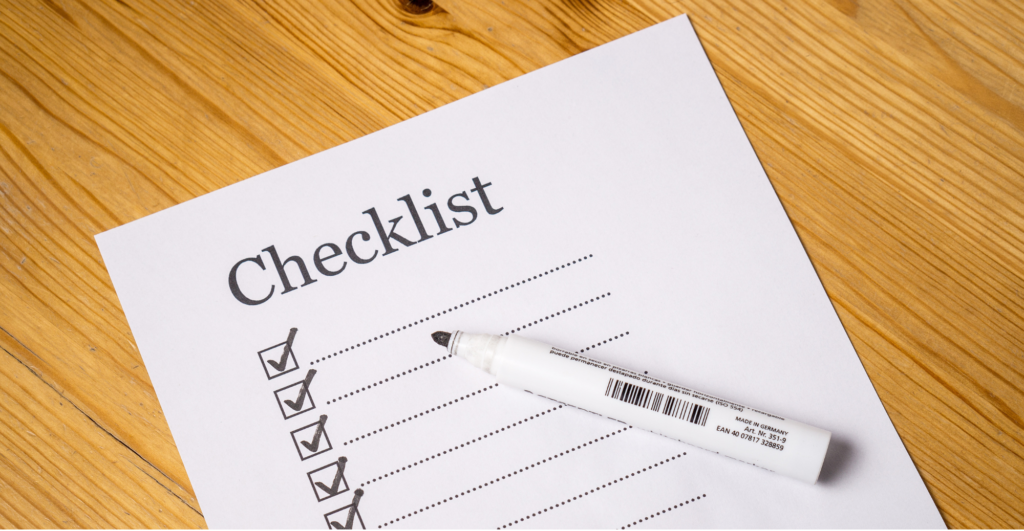Your SME Guide to Effective Right to Work Checks
If you run a small or medium-sized business (SME), you know following the rules around hiring is important. Mistakes can cost you a lot of money—fines are set to increase from up to £20,000 to £60,000, plus significant reputational damage. This guide will help you understand how to check if someone has the right to work in the UK, however, it won’t cover every scenario or document relevant for right to work checks.
Types of Checks
Online Checks for People with BRP Cards and EU/EEA-Nationals with an E-Visa/EU Settlement Scheme (EUSS)
If you’re hiring someone with a Biometric Residence Permit (BRP), or is an EU/EEA-National with an E-Visa/EU Settlement Scheme (EUSS), you’ll need to do an online digital check. The Home Office has a portal for this. The person you’re hiring will need to provide you with a share code so that you can access their UK immigration status. Use it to make sure their photo matches and they have the correct permission to work for you. Save the ‘profile page’ as proof.
Checks for UK and Irish Citizens
If you’re hiring someone from the UK or Ireland, you’ll need to see their original passport or birth certificate and something with their National Insurance number on it. You’ll also need to check they are the rightful holder of the document; you can do this face-to-face or on a video call. Note the date and keep a record. There are also now government-approved digital services that can help you do this, called an IDSP. To use this service, the employee must have a valid passport or ID card (Irish nationals).

Checks for Short-Stay Visas
If the person you’re hiring is only allowed to stay in the UK for up to six months, you’ll need to see their physical visa and passport, validate they belong to the new employee, either in person or on a video call. Or you can use the Home Office Employer Checking Service (ECS). Make sure to keep a record of the check and take a copy of the document.
When to Do Right to Work Checks
Do all of these checks before the person starts working for you and record it! If you don’t, you won’t have a statutory excuse to protect you against fines or reputational damage if an employee is later found to be working without the correct permission.
Follow-Up Checks for Certain Cases
If someone’s allowed to work in the UK for only a limited time, or their job role changes, you’ll need to do more checks later. If they’re sponsored by you, make sure their new job still matches the occupation code you first hired them for as per their Certificate of Sponsorship (CoS). If it doesn’t, they’ll need to apply for a new visa, and you’ll need to issue them a CoS for the new role. They can’t start the new job until the new visa has been approved.
Using the Employer Checking Service
Sometimes, you might need more help. Like when someone’s visa is still being processed by the Home Office, or it’s only valid for a short time. The official Home Office service can help confirm that someone has the right to work, this is called the Employer Checking Service (ECS). The ECS should provide you with a positive Verification Notice (PVN) if the person has the correct immigration permission to work.
Tips to Remember
- Training: Make sure the team knows how to do these right to work checks.
- Keep Records: Always make a note of when and how you checked someone’s right to work.
- Reminders: Set up a system that tells you when to do follow-up checks for certain employees.
Final Thoughts From Immtell
Checking someone’s right to work has become easier because of online services. But making a mistake can still cost you a lot of money and harm your reputation. Follow these steps to keep everything above board.





